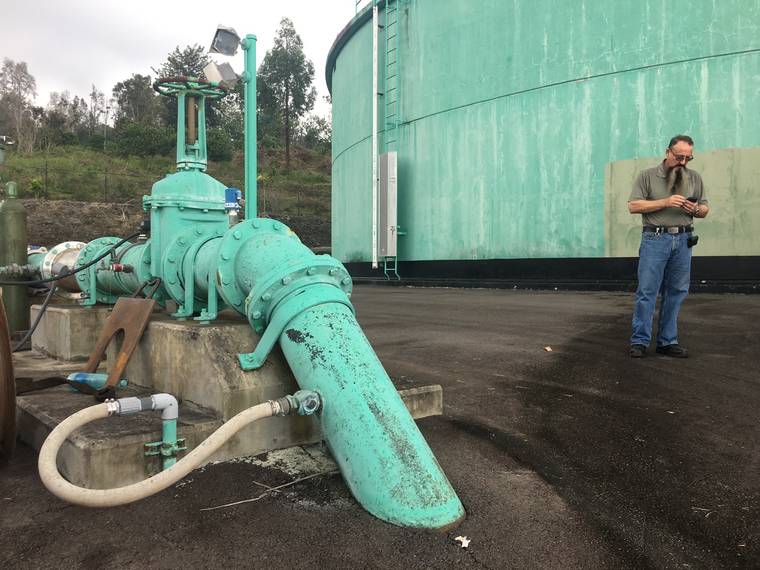The Department of Water Supply needs to take a few more steps to ensure the public has dependable access to water when equipment breaks down, the county legislative auditor said in a report released Tuesday.
“Since January 2017, up to five of DWS’s deep water wells were intermittently in and out of service, restricting valuable water service to residents, businesses and the public throughout North Kona,” Auditor Bonnie Nims said in a letter to the County Council. “As described in the attached report, DWS should further develop and implement complete, detailed and written contingency plans by district as well as update their Continuity of Operations Plan.”
The audit was requested by North Kona Councilwoman Karen Eoff and former Councilman Dru Kanuha in response to residents’ concerns after a series of pump failures forced the region into water conservation cutbacks.
”Restrictions were placed on customers due to the delays in repairs and we wanted to be sure adequate contingency plans would be in place if this situation ever repeats itself,” Eoff said Friday. “I’m glad that progress is being made and that the Department of Water Supply agrees with the comments and recommendations in the audit to improve contingency plans to help guarantee sufficient water supply at all times.”
A series of failures led to five of the region’s 13 wells going down at the same time. The situation became so dire that Mayor Harry Kim, in September 2017, signed an emergency proclamation suspending rules to allow the county to respond promptly.
Water restrictions allowed water use only for drinking, cooking and hygiene, with some commercial boat washing and watering of “precious plants” also allowed. But residents seethed as yards turned brown without the irrigation that living on the dry side of the island requires to maintain its greenery.
The audit found that the water department didn’t develop contingency plans until four wells went down in 2017.
The current plans need to be improved, the audit said, to include sufficient detail including prioritizing and clearly documenting emergency procedures and emergency contingencies by district. In addition, the plans should describe types and implementation guidance of water usage restrictions and should clearly document communication procedures, auditors said.
But Keith Okamoto, manager and chief engineer for the water department, pointed out in a Feb. 26 response to the audit that no customer lost access to potable water during the emergency.
“Statement that water ‘access’ was restricted to residents, businesses, private and public services is not entirely true,” the department’s response to the audit stated. “Customers had ‘access’ to water. During the water restriction period, DWS requested water be used for health and safety needs only.”
Still, Okamoto said in the response, the department could have done better.
“In general, the DWS agrees with the audit report and recommendations,” Okamoto said. “DWS recognizes that this experience and audit report provides an opportunity to improve on DWS’ operations, contingency planning and communication methods.”






